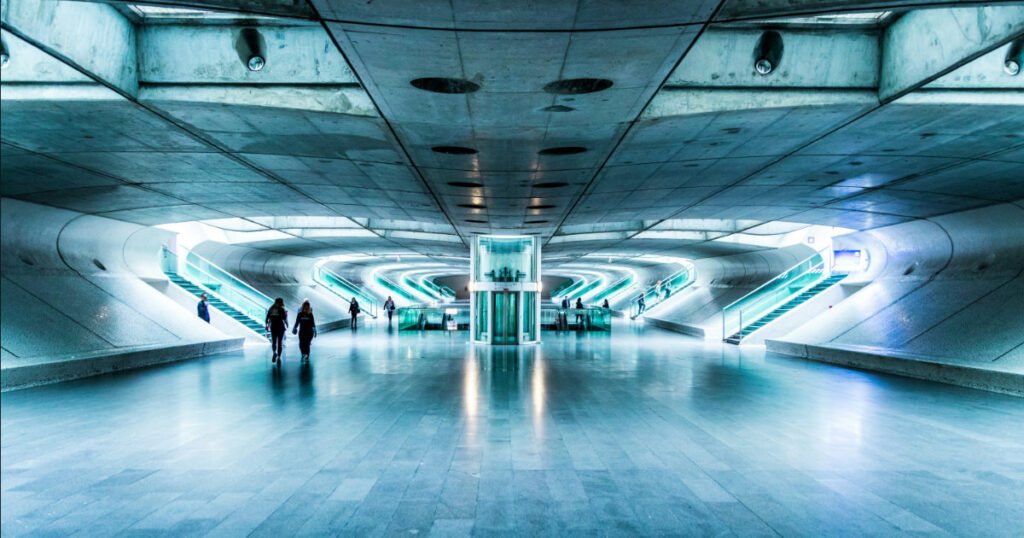Sci-Fi VFX: Crafting Futuristic Visuals


Ever wondered how those mind-bending visuals in your favorite sci-fi flicks come to life? It’s all about the magic of visual effects (VFX)! Sci-fi cinema has always been a playground for VFX artists to push the boundaries, blending futuristic technology and creative prowess to create new worlds that captivate our imagination.
The Evolution of Sci-Fi VFX: From Retro to Hyper-Realistic
Remember the old-school sci-fi movies with their charmingly clunky effects? Fast forward to today, and it’s like stepping into another galaxy. Sci-fi VFX has evolved from basic wire models and matte paintings to mind-blowing, hyper-realistic CGI. Think about the leap from the original ‘Star Wars’ trilogy to the seamless worlds in ‘Avatar’. It’s not just about the tech getting better; it’s about artists mastering their craft.
But it’s not just about looking cool. These advancements in VFX have changed storytelling. Now, filmmakers can visualize anything they dream up, from distant galaxies to intricate alien lifeforms. This leap in technology isn’t just pushing the envelope; it’s creating a whole new playbook for sci-fi cinema.
Tools of the Trade: Navigating Futuristic Technology in VFX
So, what tools are these VFX wizards using? It’s a mix of cutting-edge software and good old-fashioned creativity. Programs like Autodesk Maya, Adobe After Effects, and Houdini are staples in the VFX world. They’re like the Swiss Army knives of visual effects, offering a range of options for modeling, animating, and rendering.
But it’s not just about software. There’s a blend of art and science here. Understanding physics, light, and texture is crucial to making effects believable, even in the most outlandish sci-fi settings. The best VFX artists are those who can balance technical know-how with a strong artistic vision.
Behind the Scenes of Iconic Sci-Fi Scenes: A VFX Breakdown
Ever looked at a scene from ‘The Matrix’ or ‘Blade Runner 2049’ and wondered, “How did they do that?” It’s all in the VFX breakdown. These scenes are a jigsaw puzzle of green screens, motion capture, and hours of post-production. Take the gravity-defying fights in ‘Inception’ – it’s a blend of practical effects, meticulous planning, and digital wizardry.
It’s not just about the big explosions and flashy sequences. Subtle VFX can make a huge difference. Enhancing background details, tweaking lighting, or adding depth to a shot – these unsung heroes of the VFX world bring scenes to life.
Future Trends in Sci-Fi VFX: What’s Next in the Visual Spectacle?
What’s next in the world of sci-fi VFX? Think beyond just better graphics. We’re talking about innovations like real-time rendering and AI-driven effects. These aren’t just buzzwords; they’re game-changers. Real-time rendering, for example, is revolutionizing the way directors and VFX teams interact, making the creative process more dynamic and collaborative.
And then there’s the integration of VR and AR in VFX. Imagine stepping into the world you’re creating, fine-tuning details in a virtual environment. It’s not just about making things look good on screen; it’s about redefining the creative process. The future of sci-fi VFX is not just about what we see on screen, but also how these visuals are crafted.
As we wrap up this dive into the mesmerizing world of sci-fi VFX, it’s clear that this isn’t just a technical field; it’s an ever-evolving art form. From the retro charm of early sci-fi to the ultra-realistic visuals of today, VFX artists continue to push the boundaries, creating awe-inspiring cinematic experiences. It’s this blend of art and technology that keeps us glued to our screens, eager for the next visual feast.
But hey, the world of VFX isn’t just about what happens in post-production. Have you ever wondered how practical effects blend with digital wizardry to create movie magic? It’s a fascinating blend, where tangible, real-world effects meet the limitless potential of digital enhancements. This synergy is a testament to the creativity and innovation in movie-making, bridging the gap between what’s real and what’s imagined.

Responses